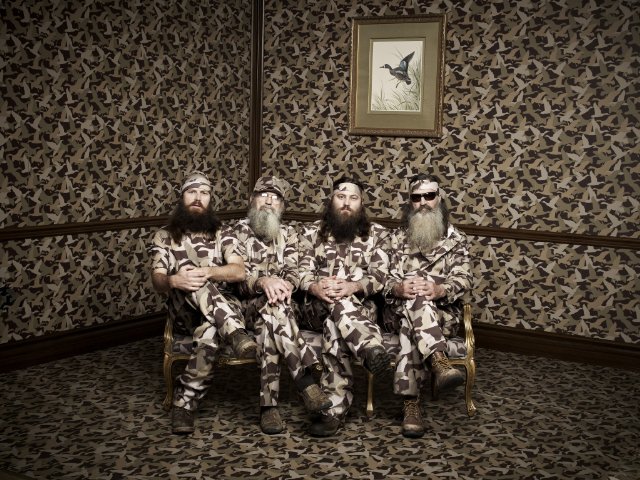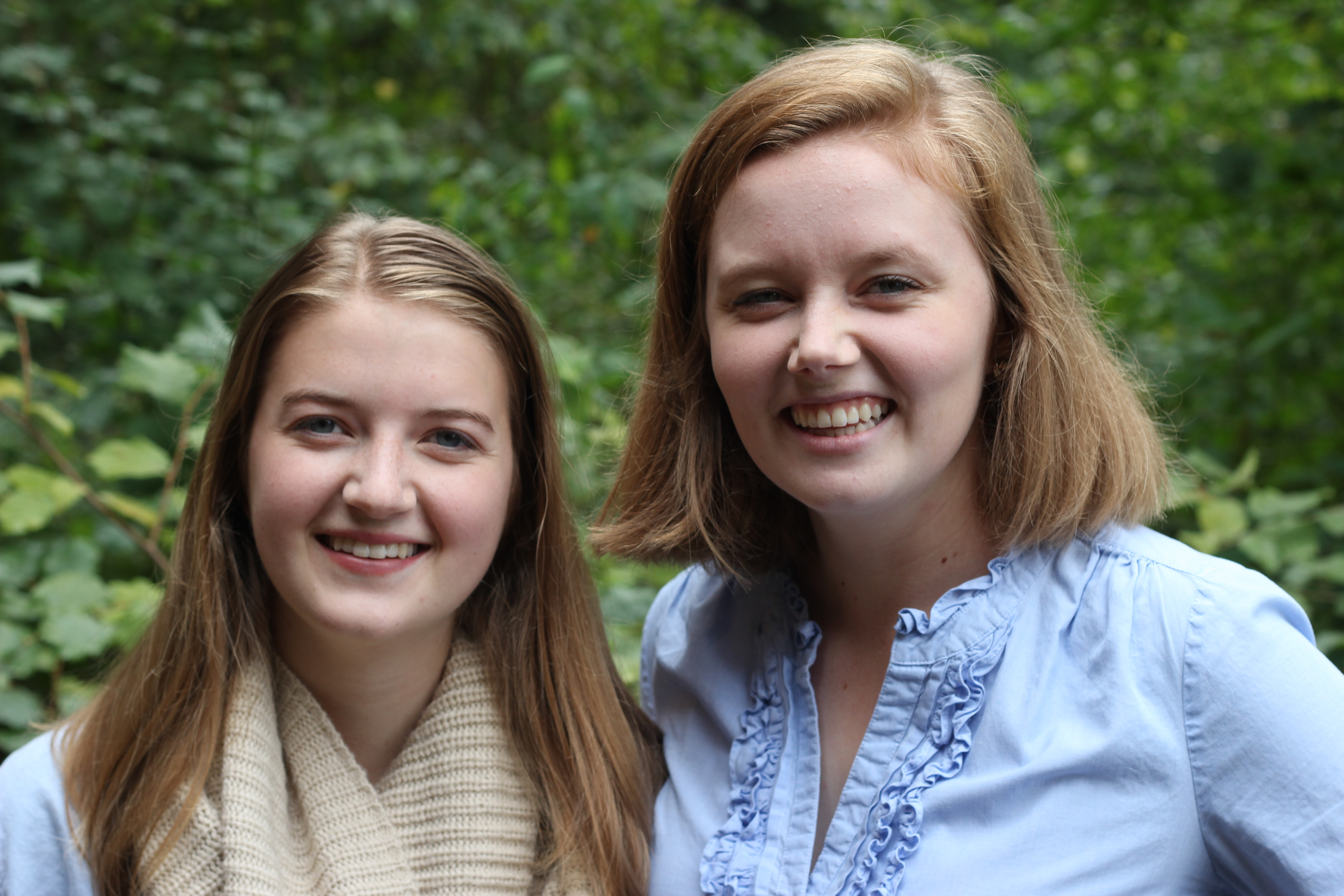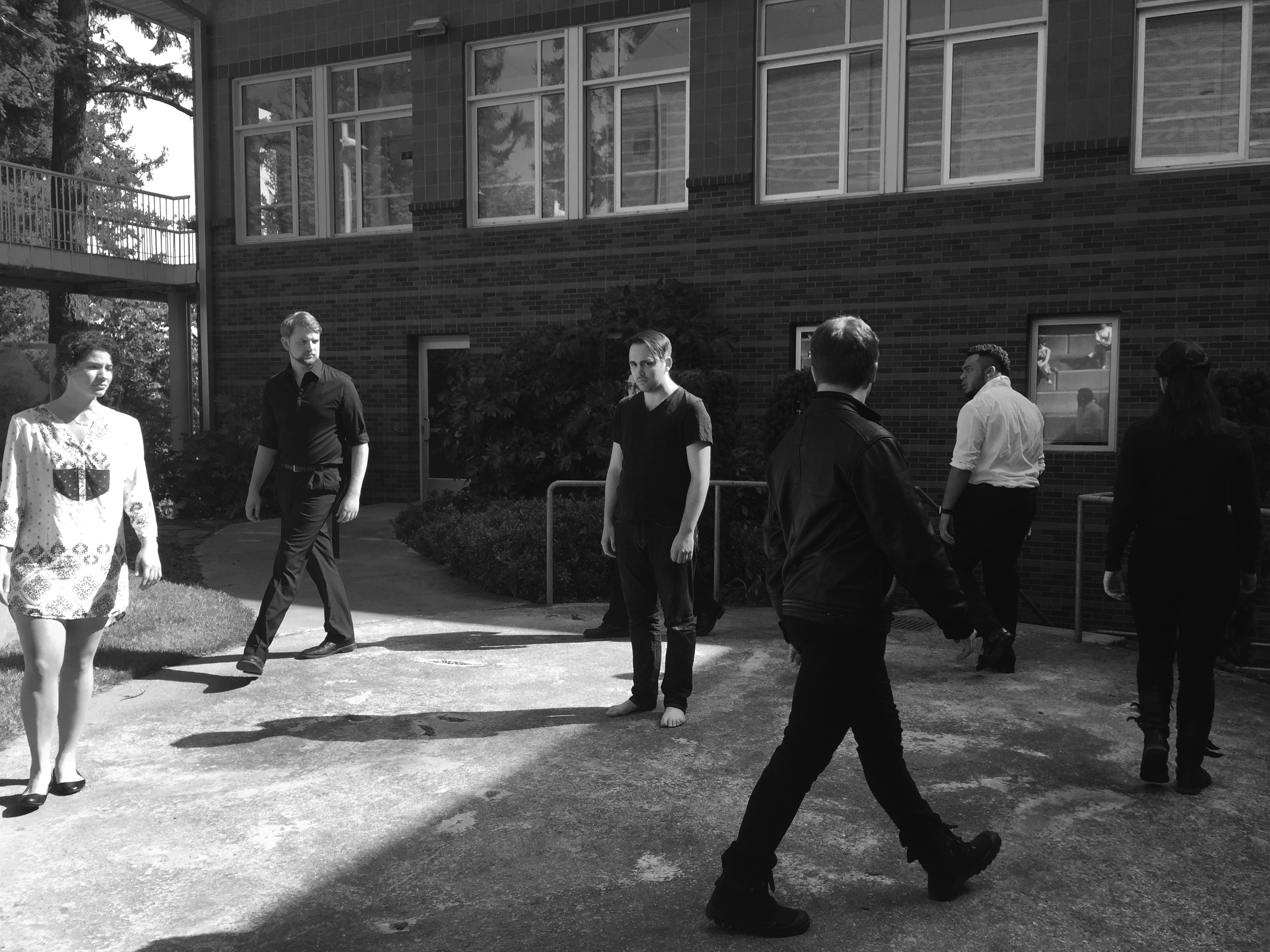Today’s students had the chance to learn about German students of the 1940s during the library’s exhibit on the Nazi resistance group, Die Weisse Rose, or The White Rose. University students led and operated The White Rose.
Numerous stands with information and pictures dotted the ground floor of the library and continued up to the second and third floors. The information ranged from profiles on specific members to general information on The White Rose and related Holocaust material.
The exhibit has been touring the U.S. and appeared at Pacific Lutheran University March 10, the week of the Powell Heller Holocaust Conference, and concluded Tuesday.
The White Rose is a fairly exceptional group in Holocaust history, because most young people in Germany were pro-Nazi.
“Most German youth thought they were being idealistic in their enthusiasm for the Nazi party,” Professor Bob Ericksen, the Kurt Mayer chair of Holocaust studies, said. “This is a real story about outliers.”
When Ericksen teaches the Holocaust 360 course, students watch the film “Sophie Scholl: The Final Days,” which details one of the primary leaders within The White Rose and her resistance when she is arrested and later executed for distributing anti-Nazi pamphlets.
“The acting and the directing of the film are really high quality,” Ericksen said. “There’s a real sense of realism — the way they [the actors] dress, the way they behave, the kind of interrogation they go through.”
The Nazis also arrested Sophie Scholl’s brother Hans Scholl and their friend and fellow resistor, Christoph Probst. All three were some of the individuals who had full-length panels in the exhibit detailing their lives and contributions to the anti-Nazi effort.
The primary students of The White Rose also included Willi Graf and Alexander Schmorell. The members rejected the Hitler Youth, joined prohibited youth groups and read banned books for information.
According to interrogation records, Hans Scholl created the name, The White Rose, randomly, “proceeded from the assumption that powerful propaganda has to contain certain phrases which do not necessarily mean anything, but which sounds good which stand for a programme.”
The White Rose most notably released six different pamphlets criticizing Hitler and the Nazis from 1942-43. In February 1943, Schmorell, Graf and Hans Scholl tagged buildings with slogans such as “Down with Hitler” and “Freedom.”
Junior Richard Olson took the Holocaust 360 course with Ericksen last spring and learned about The White Rose.
“It’s a big exhibit focusing around one thing, which is eye-opening that this one little thing that a group of people did had so much in it,” Olson said. “The war was so big, but you hear about all of these little things that people did that had impact.”





















